Front foundation shrub dilemma
donelle900
last year
Featured Answer
Sort by:Oldest
Comments (21)
Embothrium
last yeardonelle900
last yearRelated Professionals
Portsmouth Architects & Building Designers · Hershey Kitchen & Bathroom Designers · Schenectady Kitchen & Bathroom Designers · Sudbury Furniture & Accessories · Fort Pierce Decks, Patios & Outdoor Enclosures · North Myrtle Beach Decks, Patios & Outdoor Enclosures · Holiday Home Builders · Medway Flooring Contractors · Cedar Park Siding & Exteriors · East Patchogue Landscape Architects & Landscape Designers · Cicero Landscape Contractors · Larkspur Decks, Patios & Outdoor Enclosures · Medford Decks, Patios & Outdoor Enclosures · Orland Park Decks, Patios & Outdoor Enclosures · Missouri City Swimming Pool Builderspartim
last yeardecoenthusiaste
last yearEmbothrium
last yearlast modified: last yeardonelle900
last yearjlouise54
last yearOlychick
last yearEmbothrium
last yearYvonne Martin
last yearlittlebug Zone 5 Missouri
last yearlast modified: last yeardonelle900
last yearEmbothrium
last yearlast modified: last yearvioletsnapdragon
last yearDig Doug's Designs
last yearlast modified: last yearNancy R z5 Chicagoland
last yearEmbothrium
last yearlast modified: last yeargardengal48 (PNW Z8/9)
last yeardonelle900
last yearNancy R z5 Chicagoland
last year
Related Stories
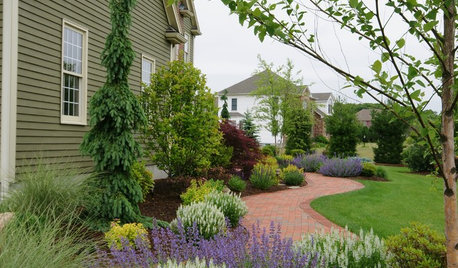
CURB APPEAL8 Twists on Foundation Plantings
Up your home’s curb appeal with house-side plantings that soften borders and add flair to your landscape
Full Story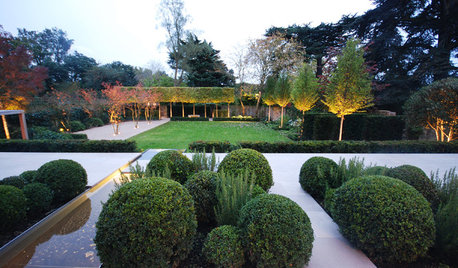
GARDENING GUIDES7 Ways to Rethink the Shrub
These versatile plants can do more than frame your home’s foundation or line an entry walk
Full Story
INSPIRING GARDENSNative Plants Bring 10 Southern California Front-Yard Gardens to Life
Rare plants, rain gardens and wildlife habitats are just a few of the features showcased on the 2016 Theodore Payne Native Plant Garden Tour
Full Story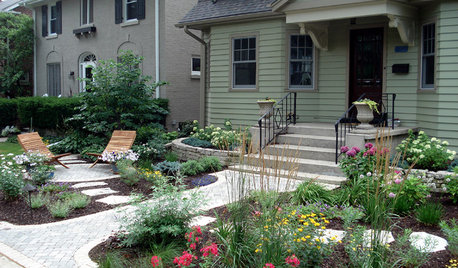
MOST POPULARCreative Ideas for Small Front Yards
A little imagination goes a long way in a petite landscape
Full Story
CURB APPEAL7 Questions to Help You Pick the Right Front-Yard Fence
Get over the hurdle of choosing a fence design by considering your needs, your home’s architecture and more
Full Story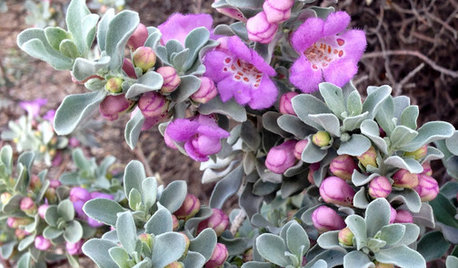
GARDENING GUIDES10 Essential Native Shrubs for Southwestern Gardens
Look no further than these Southwestern beauties for a colorful, low-maintenance landscape
Full Story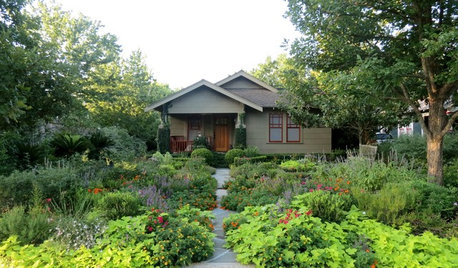
FRONT YARD IDEAS12 Surprising Features Found in Front Yards
Fire, water, edibles and wildlife habitats are just a few of the elements you can consider adding to your entryway landscape
Full Story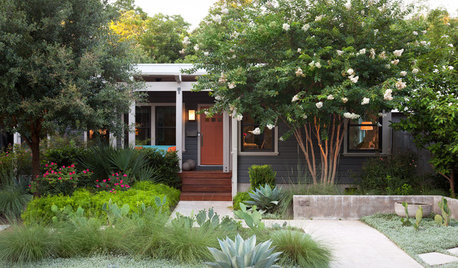
LANDSCAPE DESIGN6 Front Yards That Balance Privacy With Curb Appeal
Selective screens, layered plantings and low walls boost privacy but still keep yards welcoming to neighbors
Full Story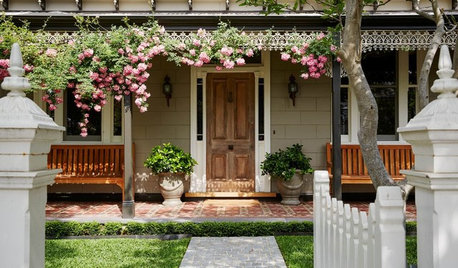
LANDSCAPE DESIGNFront-Yard Makeover Ideas With Mojo
Make a statement in your front landscape with one of these standout styles
Full Story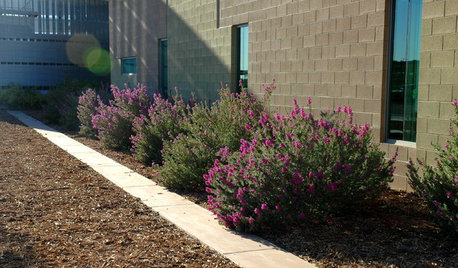
GARDENING GUIDESHow to Avoid Overcrowded, Overpruned Shrubs
Go for a more natural look that’s easier and less expensive to maintain by giving your plants the right amount of growing room
Full Story





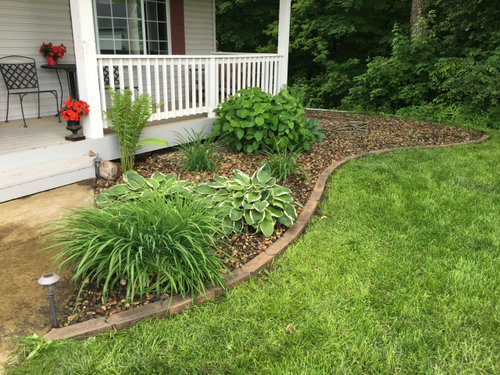





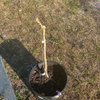

laceyvail 6A, WV